Using Color in Jewelry Design
Designs often standout because the colors draw people's attention, colors symbolize ideas and feelings. Color is a powerful design tool because colors connect to our emotions and can invoke deep personal responses. So how do you know what colors go with what?
Instructions
My approach is generally a hands on approach I make up color schemes from colors that I like and I try out different stones or beads together and play around with different combinations.
I also draw on the color schemes that I really connect with in nature and I'm constantly looking for new combinations in the natural and man-made world.
The color wheel and color theory about how colors go together is very interesting and I use this information to analyze what is going on in the color schemes that I already like and sometimes I can use this information to look at what other colors might fit into and expand a color scheme I already have.
Many beads and stones already have their own modulations of color and tone and these can be extended into more elaborate color schemes.
The color of the metal you are working with and the amount of that metal in your design will also impact on how colors harmonize.
I also draw on the color schemes that I really connect with in nature and I'm constantly looking for new combinations in the natural and man-made world.
The color wheel and color theory about how colors go together is very interesting and I use this information to analyze what is going on in the color schemes that I already like and sometimes I can use this information to look at what other colors might fit into and expand a color scheme I already have.
Many beads and stones already have their own modulations of color and tone and these can be extended into more elaborate color schemes.
The color of the metal you are working with and the amount of that metal in your design will also impact on how colors harmonize.
Basic Color Schemes
Color temperature refers to whether a color is perceived as warm or cool.
Reds and yellows are described as warm and blues and greens are cool.
Violets are warm and purples are cool, yellowy greens are warm but most greens are cool.
Reds and yellows are described as warm and blues and greens are cool.
Violets are warm and purples are cool, yellowy greens are warm but most greens are cool.
Monochromatic color schemes use one color and the variations and contrast come from the range of light and darks of that same color.
Complementary colors are colors that are opposite on the color wheel.
These colors go well together or complement each other and often they are also a focal point of contrast in a design.
So an example is blue and orange.
If the blue is a greenish blue then the opposite orange color will be a reddish orange.
If the blue has a touch of purple the orange opposite color will be a more yellow orange.
These colors go well together or complement each other and often they are also a focal point of contrast in a design.
So an example is blue and orange.
If the blue is a greenish blue then the opposite orange color will be a reddish orange.
If the blue has a touch of purple the orange opposite color will be a more yellow orange.
Analogous color schemes are made up of colors that are similar, so colors that you find next to each other on the color wheel.
The colors in these groups generally have less contrast and so give a smoother transition or softer look.
The colors in these groups generally have less contrast and so give a smoother transition or softer look.



Materials

16 Gauge Turquoise Enameled Aluminum Wire - 100FT
H14-W16-100FT
- Lesson Quantity: 1.00 pieces
- Purchase Quantity: 1.00 each
- Price: $8.97
- Gold Club Price: $6.73

18 Gauge Fuchsia Enameled Aluminum Wire - 200ft
H14-F18-200FT
- Lesson Quantity: 1.00 pieces
- Purchase Quantity: 1.00 each
- Price: $8.97
- Gold Club Price: $6.73

18 Gauge Green Enameled Aluminum Wire - 200ft
H14-H18-200FT
- Lesson Quantity: 1.00 pieces
- Purchase Quantity: 1.00 each
- Price: $8.97
- Gold Club Price: $6.73

18 Gauge Peacock Enameled Aluminum Wire - 200ft
H14-U18-200FT
- Lesson Quantity: 1.00 pieces
- Purchase Quantity: 1.00 each
- Price: $8.97
- Gold Club Price: $6.73

18 Gauge Gold Enameled Aluminum Wire - 200ft
H14-D18-200FT
- Lesson Quantity: 1.00 pieces
- Purchase Quantity: 1.00 each
- Price: $8.97
- Gold Club Price: $6.73
Tools

WireJewelry - Ultimate Wire-Pliers Jewelry Pliers with Case, Set of 5
G15-20
- G15-20
- Lesson Quantity: 1.00 pieces
- Purchase Quantity: 1.00 each
- Price: $170.72
- Gold Club Price: $128.04
- Category: Design
- Technique(s): Design









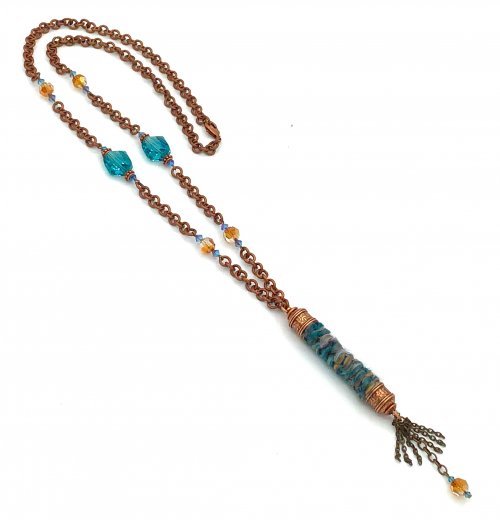
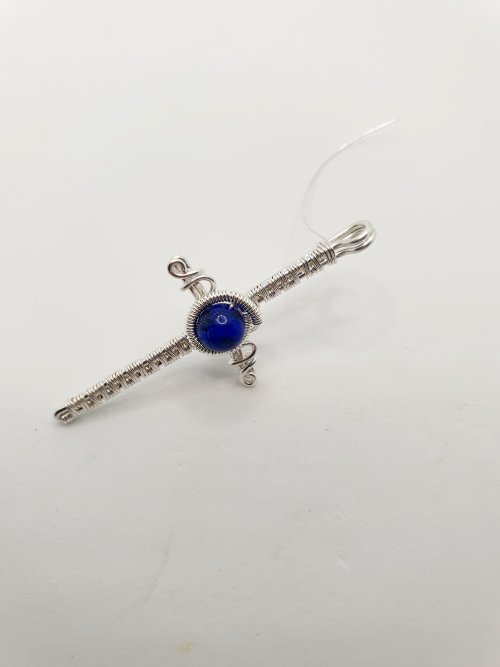
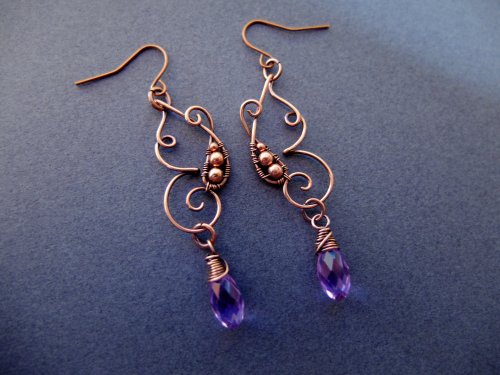

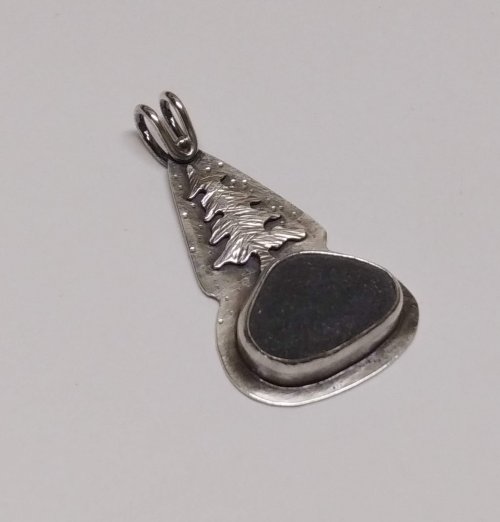
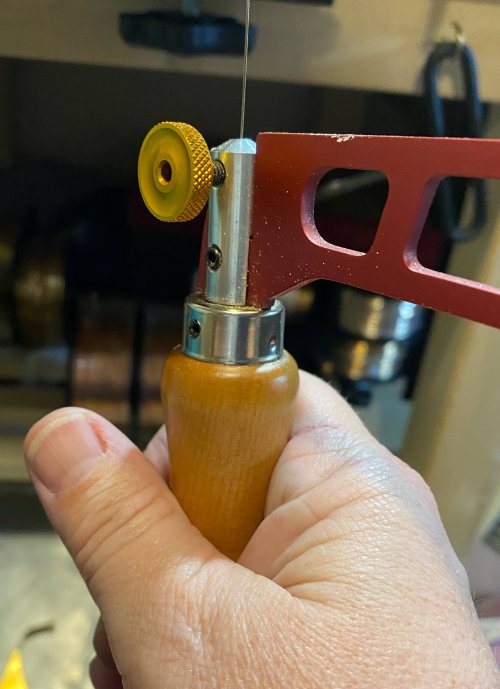
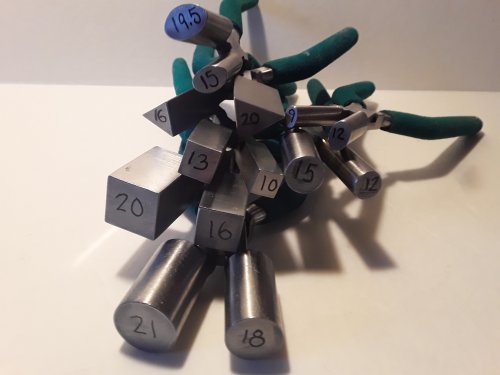
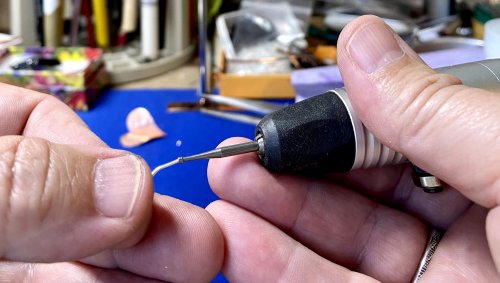
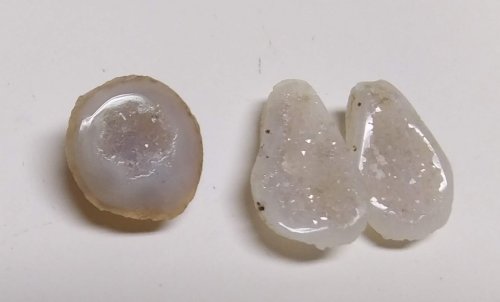




 Closing Stainless Steel Jump Rings
Closing Stainless Steel Jump Rings
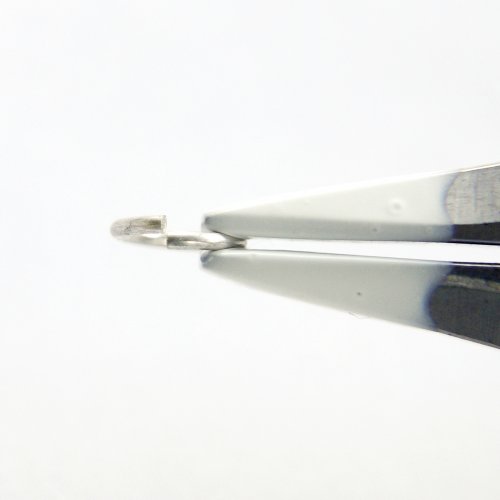 Stop Marring Your Wire and Jump Rings
Stop Marring Your Wire and Jump Rings
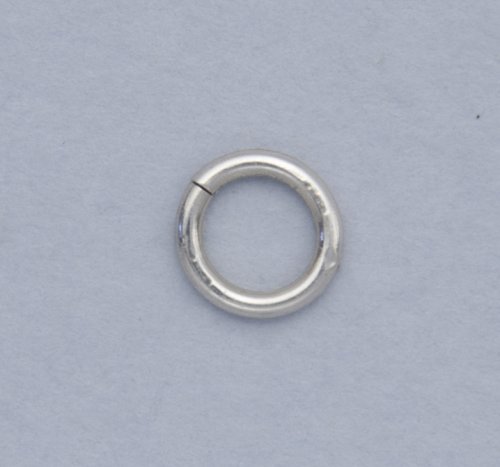 Fixing Marks in Your Jump Rings
Fixing Marks in Your Jump Rings
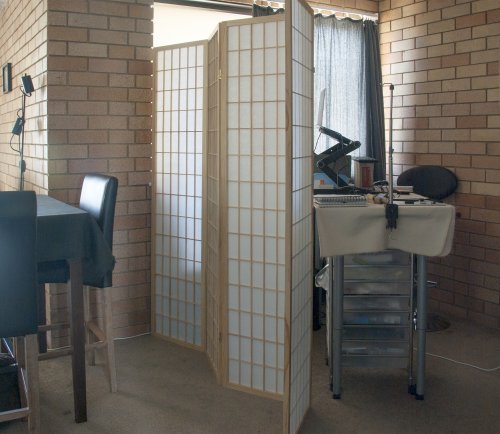 How to Share Your Workspace with the Family Room
How to Share Your Workspace with the Family Room
 Sizing a Chain Maille Bracelet
Sizing a Chain Maille Bracelet
 Change Up Your Ear Wires
Change Up Your Ear Wires
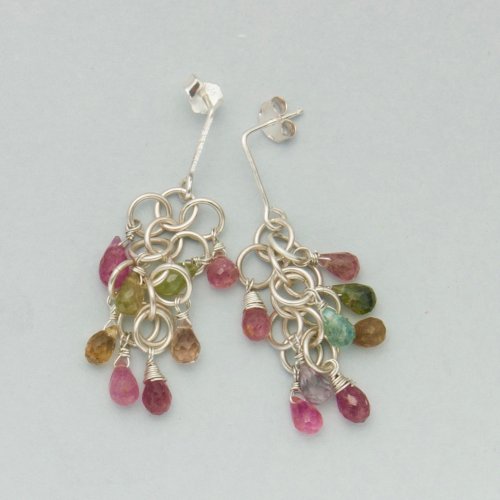 No-solder Post Ear Wires
No-solder Post Ear Wires
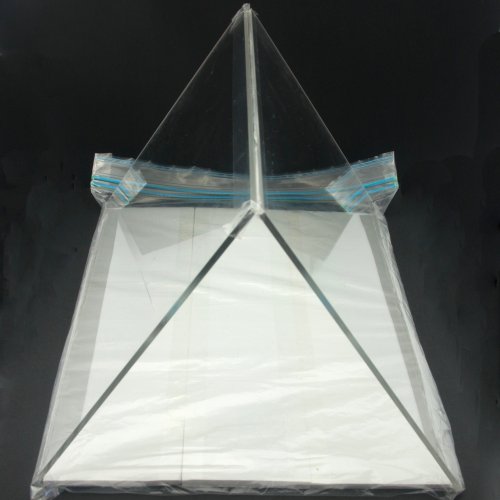 Make Yourself a Polishing Tent
Make Yourself a Polishing Tent
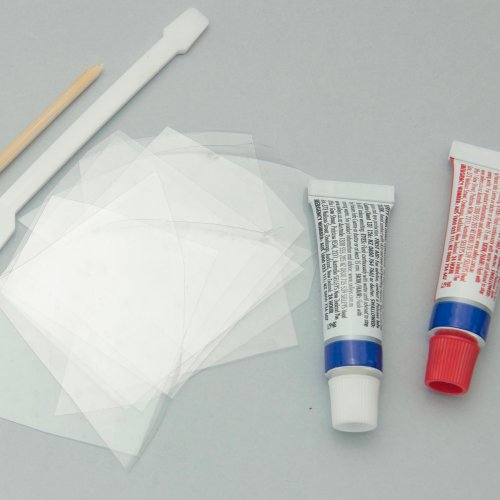 Using 2-part Epoxy
Using 2-part Epoxy
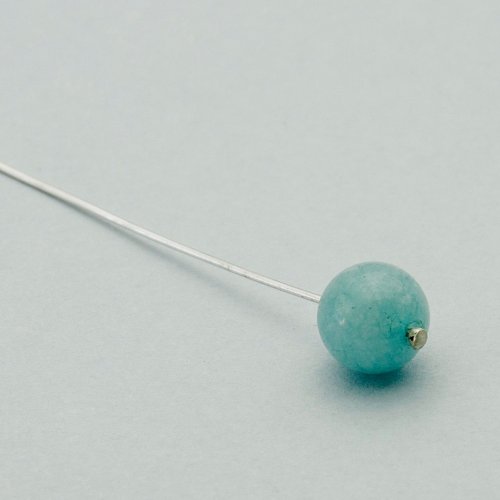 Making a Flat-end Headpin
Making a Flat-end Headpin
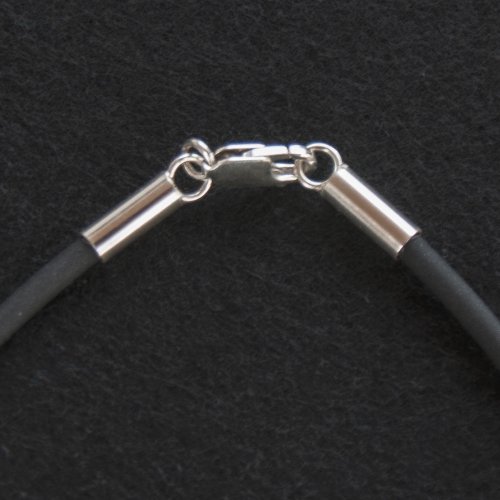 Gluing Clasps to Leather and Ribbon
Gluing Clasps to Leather and Ribbon
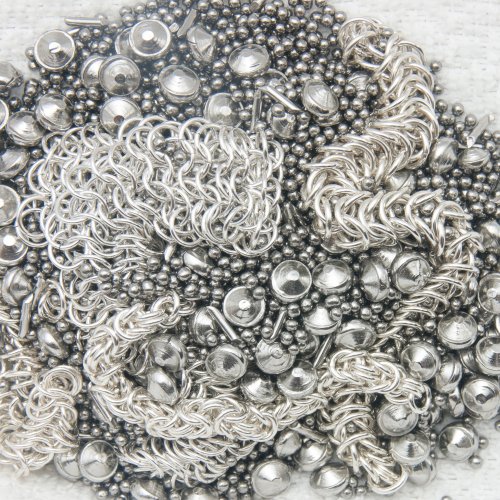 Tumbling Chain Maille
Tumbling Chain Maille
 Turn an Old Table into a Jewelry Bench
Turn an Old Table into a Jewelry Bench
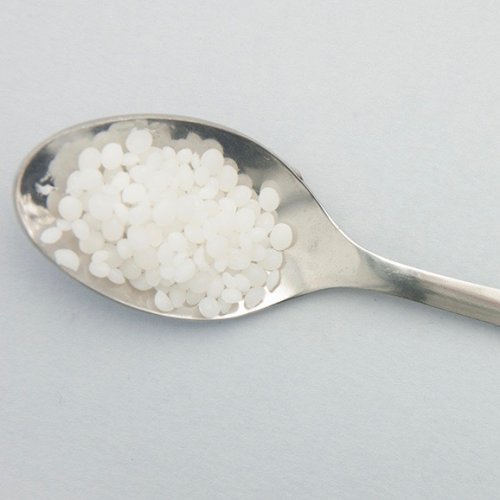 Using Thermoplastic in Jewelry Making
Using Thermoplastic in Jewelry Making
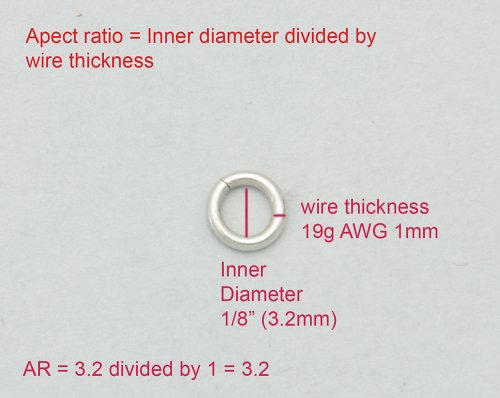 Designing Chain Maille with Aspect Ratio
Designing Chain Maille with Aspect Ratio
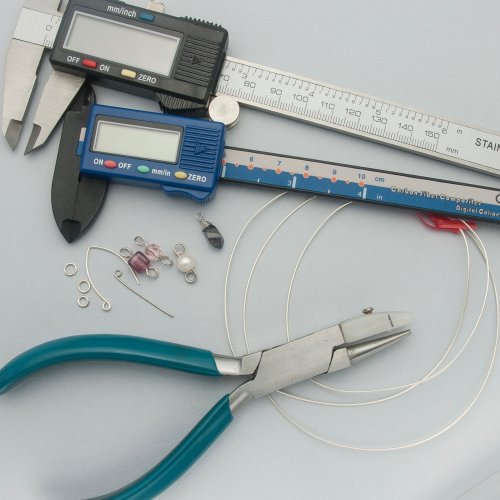 Convenient Tools for Making Consistent Loops
Convenient Tools for Making Consistent Loops
 Designing with Chain Maille - Aspect Ratio for Full Persian Weave
Designing with Chain Maille - Aspect Ratio for Full Persian Weave
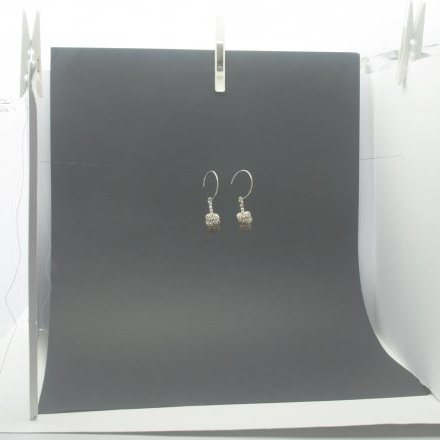 DIY Photography Set-up
DIY Photography Set-up
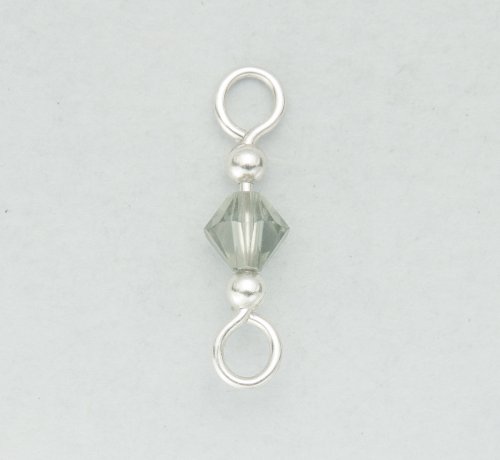 Perfecting simple loops to enhance your jewelry designs.
Perfecting simple loops to enhance your jewelry designs.
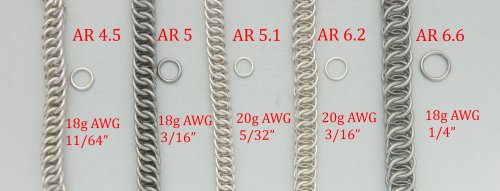 Aspect Ratio for Half Persian
Aspect Ratio for Half Persian
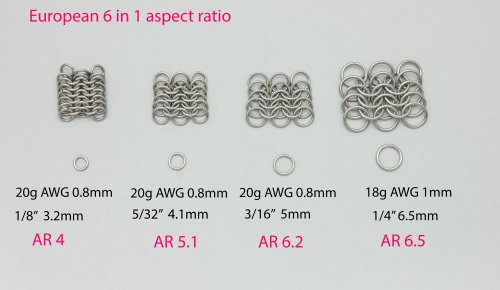 Aspect Ratio for European 6 in 1.
Aspect Ratio for European 6 in 1.
 Quick and Easy DIY waterproof sanding sticks
Quick and Easy DIY waterproof sanding sticks
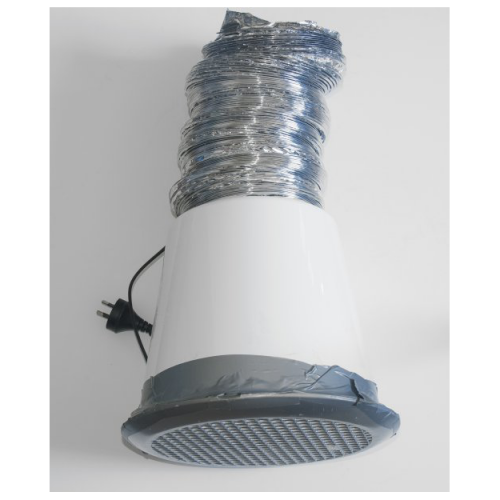 DIY Exhaust Fan
DIY Exhaust Fan
 Using Niobium Rings in Chain Maille
Using Niobium Rings in Chain Maille
 Designing with Chain Maille - Aspect Ratio for Box Chain.
Designing with Chain Maille - Aspect Ratio for Box Chain.
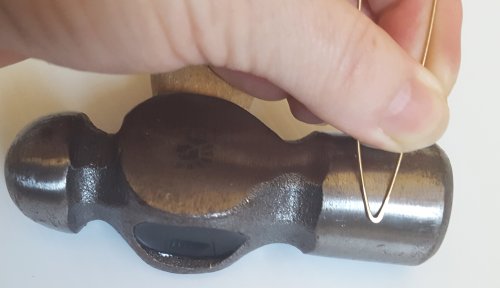 Tool Tip - Quick Makeshift Bench Block
Tool Tip - Quick Makeshift Bench Block
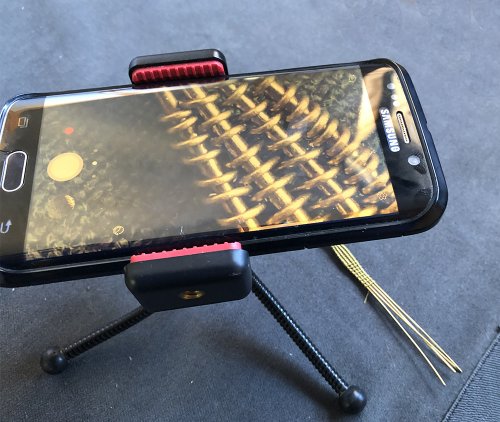 Use Your Phone as a Digital Microscope.
Use Your Phone as a Digital Microscope.
 Tool Tip - Enlarging Bead Holes to Fit Your Wire
Tool Tip - Enlarging Bead Holes to Fit Your Wire
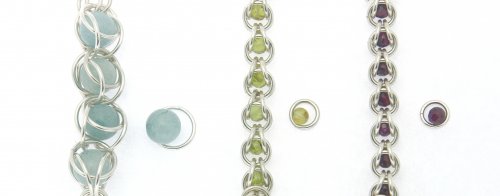 Ring and bead sizes for captured bead chain maille.
Ring and bead sizes for captured bead chain maille.
 Opening and Closing Square Wire Rings in Chain Maille.
Opening and Closing Square Wire Rings in Chain Maille.
 Using Square Wire Rings in Chain Maille
Using Square Wire Rings in Chain Maille
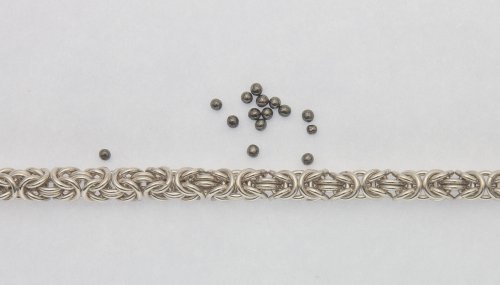 Tumbling Tight Chain Maille Weaves.
Tumbling Tight Chain Maille Weaves.
 Aspect Ratio for Byzantine Weave
Aspect Ratio for Byzantine Weave
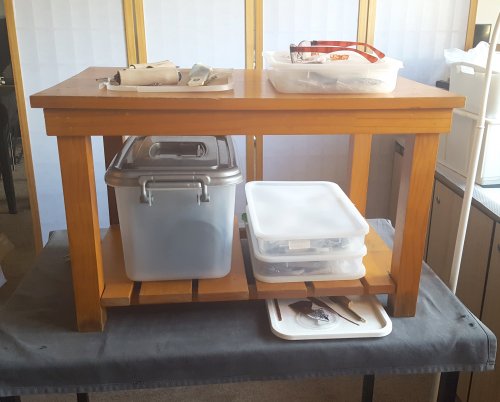 Creating a Standing Workspace
Creating a Standing Workspace
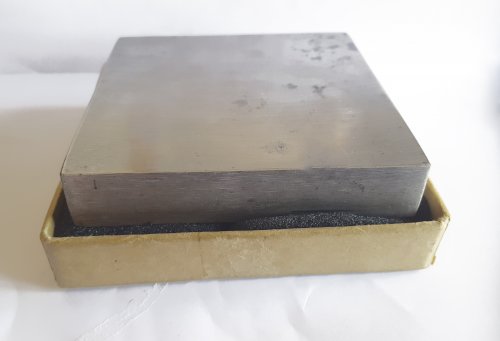 A neat way to use and store your bench block
A neat way to use and store your bench block
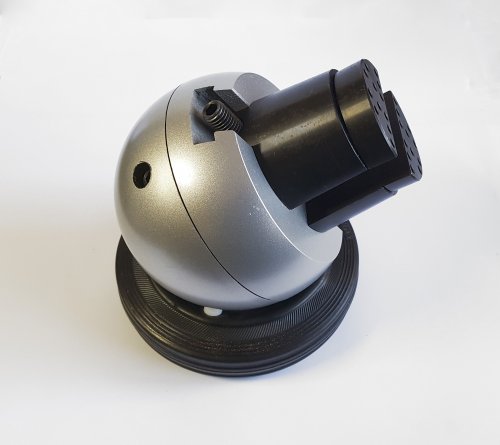 Using a Ball Vise
Using a Ball Vise
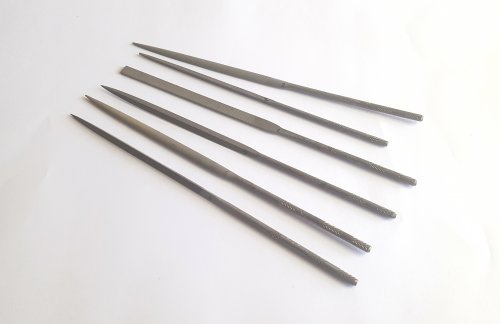 Storing Needle Files
Storing Needle Files
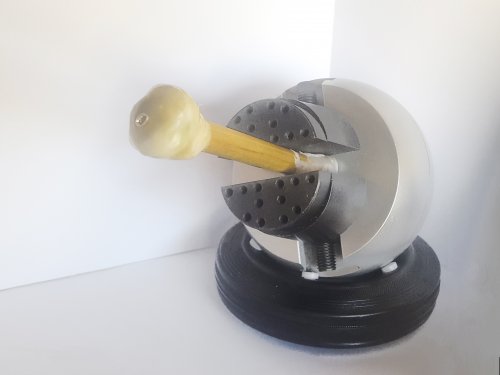 Easy Tools for Working at Different Heights and Angles
Easy Tools for Working at Different Heights and Angles
 Filing a Straight Edge on Wire
Filing a Straight Edge on Wire
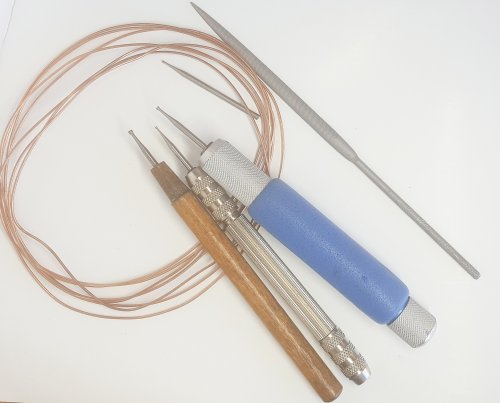 Getting a Uniform Round Edge on Wire
Getting a Uniform Round Edge on Wire
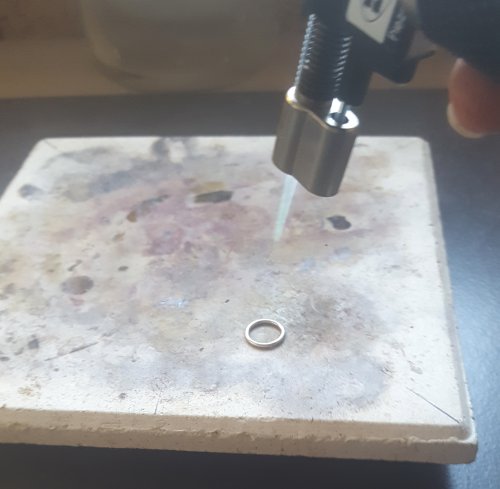 Soldering Jump RIngs
Soldering Jump RIngs
 Polishing Stainless Steel Elements
Polishing Stainless Steel Elements
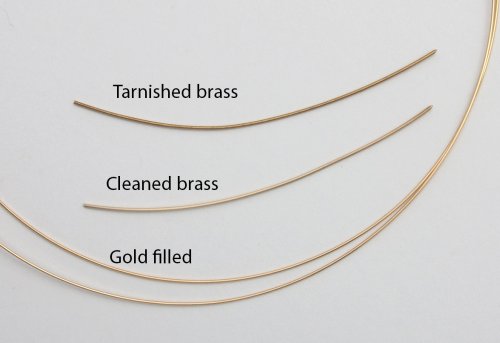 Using Brass in Your Jewelry Designs
Using Brass in Your Jewelry Designs
 How to Make Sandpaper Board
How to Make Sandpaper Board
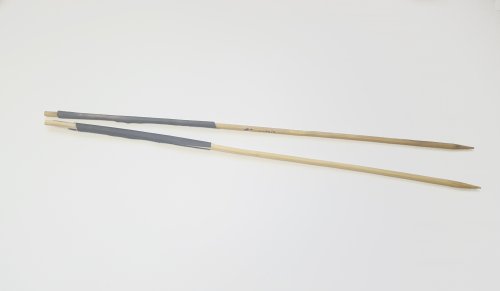 Make Your Own Swizzle Sanding Sticks
Make Your Own Swizzle Sanding Sticks
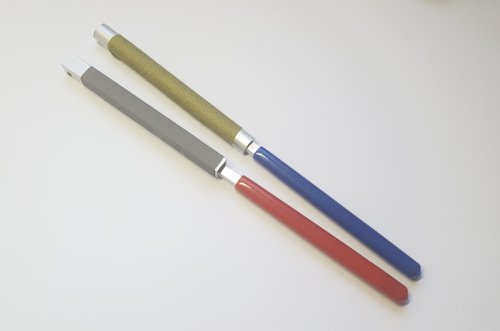 Setting Up Metal Sandpaper Holders
Setting Up Metal Sandpaper Holders
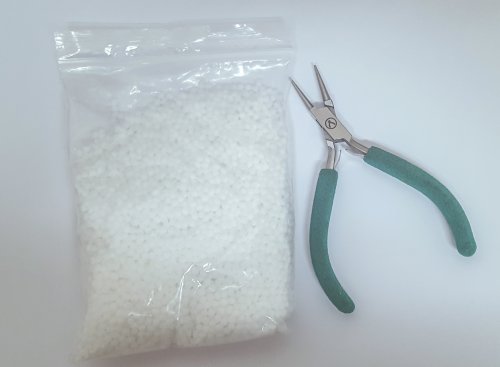 Make Your Own Nylon Jaw Pliers
Make Your Own Nylon Jaw Pliers
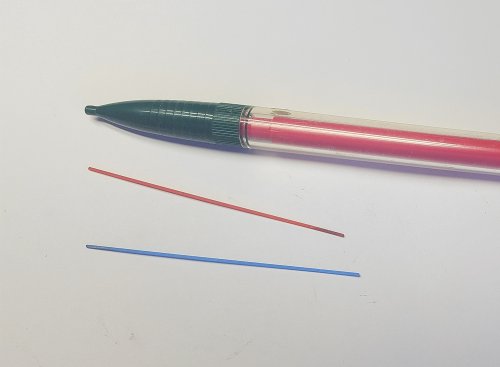 Tiny Ceramic Files
Tiny Ceramic Files
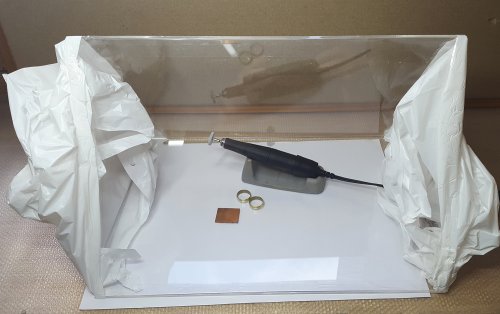 Make a Dustproof Polishing Tent
Make a Dustproof Polishing Tent
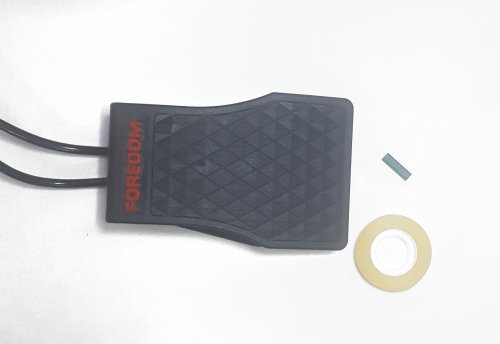 Limiting Foot Pedal Speed on Flex Shaft and Micromotors
Limiting Foot Pedal Speed on Flex Shaft and Micromotors
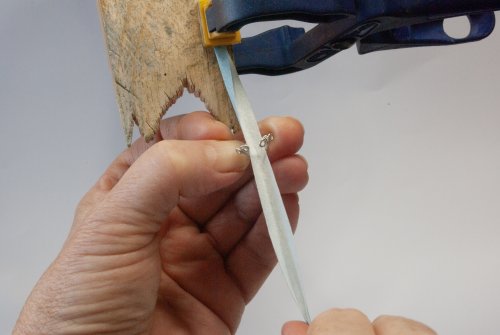 Sanding Small Items
Sanding Small Items
 Using Your Saw to Tighten a Join
Using Your Saw to Tighten a Join
 Starting a Saw Cut
Starting a Saw Cut
 Chain Maille Helper
Chain Maille Helper
 Make Your Own Sanding Sticks
Make Your Own Sanding Sticks
 No Prickle Chain Maille Jewelry
No Prickle Chain Maille Jewelry
 Using Abrasive Wheels as Hand Tools
Using Abrasive Wheels as Hand Tools
 Making Chain Maille Easier
Making Chain Maille Easier

